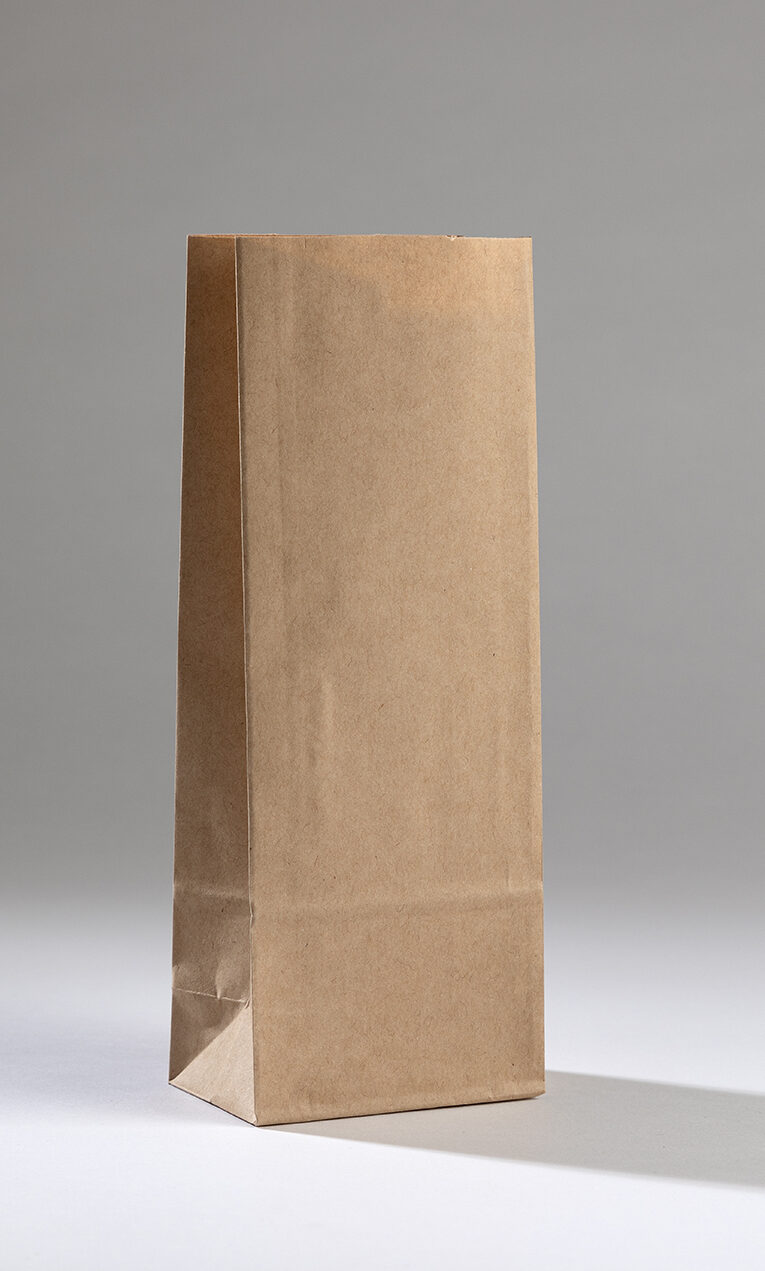
Corrugated paper, a versatile material widely used in packaging and shipping industries, is a marvel of engineering and innovation. Its unique structure provides strength, durability, and flexibility, making it an ideal choice for protecting and transporting various goods. But have you ever wondered what corrugated paper is made of? In this article, we will delve into the intricate composition of corrugated paper, unraveling its secrets layer by layer.
At its core, corrugated paper consists of three main components: linerboard, corrugating medium, and adhesive. Each element plays a crucial role in the overall strength and performance of the final product.
- Linerboard:
Linerboard forms the outer layers of corrugated paper and provides a smooth surface for printing and graphics. It is typically made from long fibers of softwood trees, such as pine or spruce, which are pulped and processed into a fibrous mat. The mat is then pressed and dried to create a sturdy, flat sheet. Linerboard comes in various grades, ranging from lightweight to heavyweight, depending on the intended application. - Corrugating Medium:
The corrugating medium is the heart of corrugated paper, responsible for its distinctive wavy structure. It is made from a combination of recycled paper fibers and starch-based adhesives. The process begins by pulping the recycled fibers, which can include old corrugated containers and newspapers. The resulting pulp is then mixed with water and additives to enhance its strength and bonding properties. This mixture is then formed into a continuous web, which passes through corrugating rolls to create the characteristic fluted pattern. - Adhesive:
Adhesive, often referred to as starch glue, is the binding agent that holds the linerboard and corrugating medium together. It is typically made from natural starch derived from corn, wheat, or potatoes. The starch is cooked and modified to achieve the desired viscosity and adhesive properties. During the corrugation process, the adhesive is applied to the tips of the flutes, ensuring a secure bond between the linerboard and corrugating medium. This adhesive layer also contributes to the overall rigidity and strength of the corrugated paper.
The combination of these three components results in a robust and resilient material that can withstand the rigors of transportation and handling. The fluted structure of the corrugated medium provides excellent cushioning and shock absorption, protecting the contents from external impacts. The linerboard, on the other hand, offers a smooth and printable surface, allowing for branding and product information to be displayed effectively.
In conclusion, corrugated paper is a complex composite material composed of linerboard, corrugating medium, and adhesive. Its composition and structure are carefully engineered to provide strength, durability, and versatility. Understanding the intricacies of corrugated paper can help businesses make informed decisions when it comes to packaging and shipping solutions, ensuring the safe and efficient delivery of their products.




